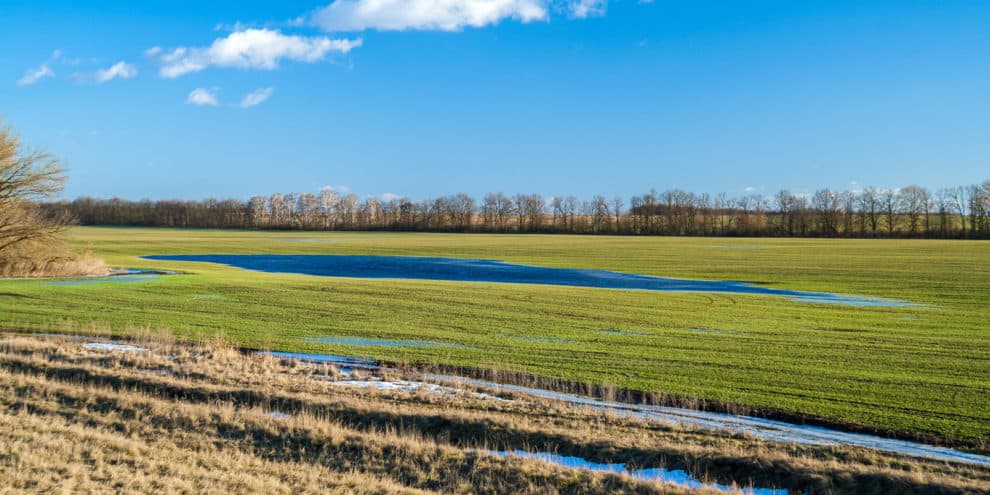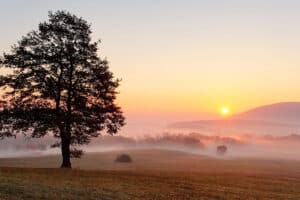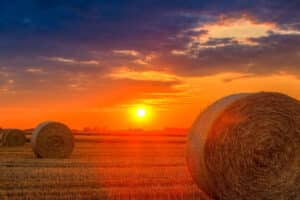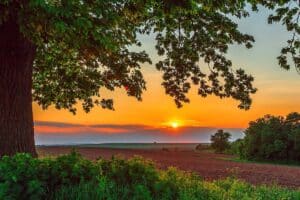The “Tax Cuts and Jobs Act” passed in late 2017 incorporated a program called “Opportunity Zones” into the tax law. As a result, the U.S. Department of the Treasury designated some 8,700 census tracts as Qualified Opportunity Zones (QOZs). The law is designed to attract investors into economically disadvantaged areas in exchange for federal tax benefits.
Understanding Qualified Opportunity Zone Investor Tax Benefits
The “Opportunity Zones” law offers advantageous, albeit complex, federal tax benefits. Investors do not need to live in an Opportunity Zone to get the tax benefits, all they need to do is invest in a Qualified Opportunity Fund (QOF). The benefits include:
- Temporary Tax Deferral: Capital Gains from the sale of any asset (if reinvested in 180 days) are deferred until the sale of the new investment, or December 31, 2026, whichever is earlier.
- Step-Up in Basis: Any investment reinvested and held for five years gets a tax basis increase of 10%, and any investment held for seven years gets a tax basis increase of 15%.
- Permanent Exclusion: Investments held for ten years will pay no capital gains tax on the post acquisition gains. This permanent exclusion applies only to the gains accrued in the OZ Fund.
Utilizing Land in Qualified Opportunity Zones
This interactive map of QOZs shows zones in a variety of urban and rural areas across the U.S., which leaves opportunities for a plethora of investments. While most QOF managers have considered real estate or traditional businesses for urban real estate developments, it left many others wondering how to utilize empty, rural land.
Agriculture is certainly an option for long-term investments in those areas, but there are some rules that QOF managers and investors need to understand. The law requires that a QOF invests 90 percent of its assets in QOZ business property, measured at the average of two testing dates. The first testing date is the last day of the 6th month following formation, and the second testing date is the last day of the taxable year. Next, there must be at least a doubling of the tax basis — a “substantial improvement” — in a QOZ project within 30 months. Land is excluded from the “substantial improvement” requirement under IRC §1400Z-2(d)(2)(D)(ii). If the QOF purchases an existing building and the underlying land, the QOF is only required to substantially improve (“double the basis”) the building. The cost of the land is disregarded for this purpose. So for example, if someone buys a piece of farmland in a QOZ for $1 million (land value: $900,000 and an existing processing facility: $100,000), the infrastructure excluding land must be valued for at least $200,000 thirty months later.
At their core, agriculture-based Opportunity Zone Funds allow investors to achieve returns and save on taxes, while creating jobs and economic opportunity in the heartland. Although QOFs can be potentially profitable and make a positive impact, they are complicated. Of bottom line importance for investors or landowners in Opportunity Zones is to contact their tax professional.
This content may not be used or reproduced in any manner whatsoever, in part or in whole, without written permission of LANDTHINK. Use of this content without permission is a violation of federal copyright law. The articles, posts, comments, opinions and information provided by LANDTHINK are for informational and research purposes only and DOES NOT substitute or coincide with the advice of an attorney, accountant, real estate broker or any other licensed real estate professional. LANDTHINK strongly advises visitors and readers to seek their own professional guidance and advice related to buying, investing in or selling real estate.










Add Comment